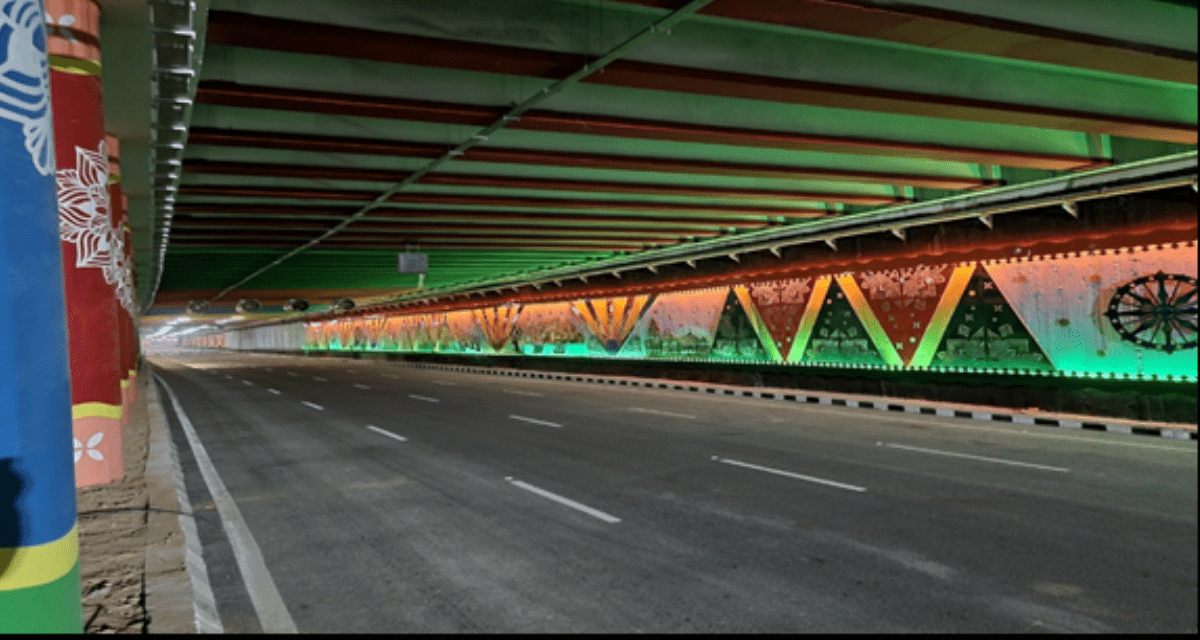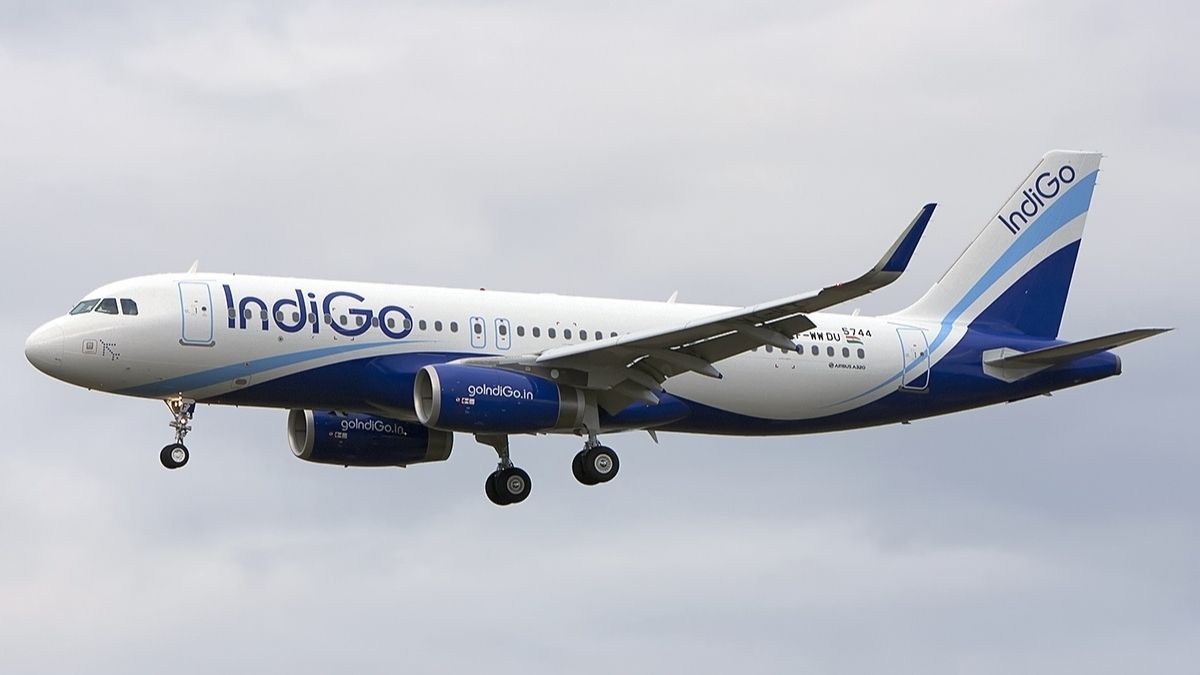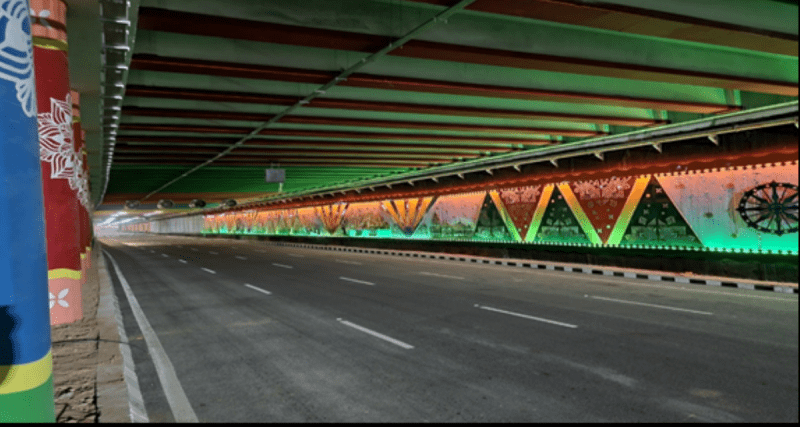In a major step to ease Delhi-Gurugram congestion, NHAI has started trial runs on the Dwarka Expressway tunnel. The government body will conduct daily three-hour trials to test the safety and readiness of the expressway’s Delhi stretch. This initiative marks a key milestone in India’s infrastructure development and aims to enhance travel between the busy NCR hubs.
India’s First Urban Elevated Expressway
To ease congestion on Delhi–Gurugram stretch of NH-48, the Shallow Tunnel & Airport Underpasses of #DwarkaExpressway will open for trial from 29 May, daily between 12:00–15:00 hrs. This will enhance access between Dwarka, IGI Airport & Gurugram.
Read more: https://t.co/jX3UHKAf0d pic.twitter.com/1rBRpv20GH— NHAI (@NHAI_Official) May 28, 2025
The Dwarka Expressway, also referred to as NH-248BB, is India’s first urban elevated expressway. According to the Ministry of Road Transport and Highways, the total stretch spans 29 kilometres and connects Shiv Murti in Delhi to Kherki Daula Toll Plaza in Gurugram. The section under trial in Delhi includes a 3.6-kilometre tunnel — India’s widest and longest urban road tunnel.
Also Read: Uttarakhand Has India’s Longest Rail Tunnel, Tunnel 8, On The Rishikesh-Karnaprayag Line
As reported by The Economic Times, the tunnel features eight lanes and has been constructed using top-down technology to minimise surface disruption. The design is blast-resistant and includes advanced ventilation, emergency exits, and monitoring systems to meet international safety standards.
What The Daily Trial Runs Mean
The NHAI began three-hour daily trials on 29 May to evaluate vehicle flow, ventilation, lighting, and emergency response protocols. These test runs are vital for identifying and addressing any potential issues before the expressway becomes fully operational.
Also Read: Gurugram To Vadodara In 10 Hours! All About Delhi-Mumbai Expressway’s Kota Tunnel Stretch
As per Jagran English, the trial timing will initially be limited to a few hours, allowing engineers to gather real-time data and make necessary improvements. The focus remains on ensuring a seamless and secure commute experience.
Dwarka Expressway Tunnel’s Impact On Travel And Connectivity
Once fully open, the Dwarka Expressway is expected to significantly cut down travel time between Delhi and Gurugram. According to News24 Online, the journey may reduce from over an hour to just 30 minutes.
Also Read: Centre Suggests Constructing 6-Lane Tunnel In Bandipur Wildlife Sanctuary To Combat Night Travel Ban
It will also provide improved access to the Indira Gandhi International Airport and reduce traffic pressure on the existing Delhi-Gurugram Expressway (NH-48). Enhanced infrastructure, such as underpasses, service roads, and flyovers, will support uninterrupted vehicle movement, easing congestion in key areas.
A Model For Future Infrastructure
This expressway reflects a modern city vision for India. With features like automated tolling, dedicated service lanes, and minimal land usage, it sets a new benchmark in urban road design. As reported by NDTV, it also includes India’s first 16-lane railway-over-bridge and aims to support high-volume daily traffic while maintaining environmental sustainability.
Also Read: Mumbai-Ahmedabad Bullet Train Project: Authorities Complete 700m Of Heading Of Tunnel Excavation
The daily trials show the government’s commitment to launching a safe and efficient corridor. The full operation of the Dwarka Expressway will not only transform travel for Delhi-NCR residents but also serve as a blueprint for future highway projects across India.
Cover Image Courtesy: @PIB_India/X





